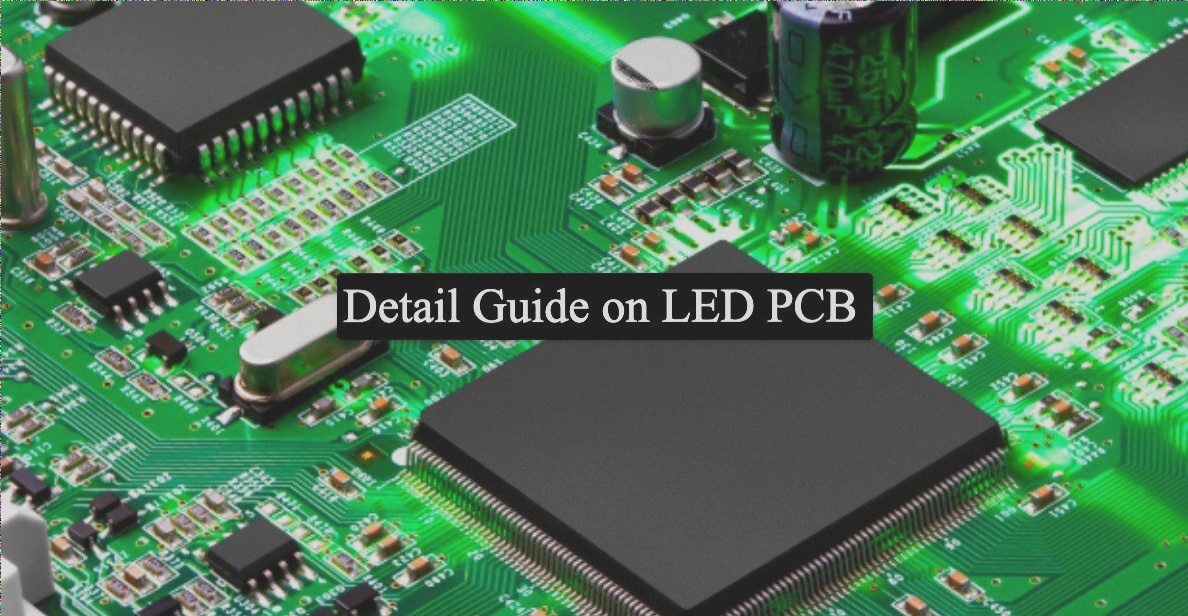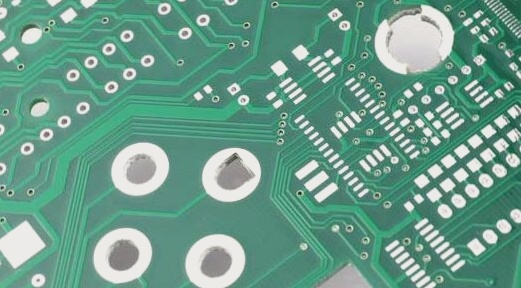In-Circuit Testing (ICT) and the Importance of Test Points on PCBs
In a mass-produced factory setting, manually measuring every electronic component on a circuit board is impractical. This is where the In-Circuit Testing (ICT) automated machine comes in. Using multiple probes, known as “bed-of-nails,” the machine can simultaneously access and measure all components on the board.
The ICT machine sequentially measures the characteristics of resistors, capacitors, inductors, and IC circuits through a program-controlled sequence. Test points, small circular dots devoid of solder mask, allow the probes to make contact without damaging the components directly.
Evolution of Test Points
In the early days of flexible circuit boards, solder pins were used as test points. However, with the advent of Surface Mount Technology (SMT), the need for dedicated test points became crucial to prevent damage to fragile components.
Residual solder flux film on soldering surfaces often led to poor probe contact, necessitating the use of test points. These points not only protect components from damage but also improve testing reliability by reducing misjudgments.
Challenges and Innovations
As circuit boards shrink in size, accommodating numerous components becomes challenging. Test point placement has become a point of contention between design and manufacturing teams. The circular shape of test points matches testing probes, allowing for easier production and increased needle density on the test bed.
- Bed-of-Needles Limitations: Minimum probe diameter and distance constraints pose challenges during testing.
- Accommodating Tall Components: Taller components may require special considerations to prevent collision and damage during testing.
Future Considerations
As technology advances, the placement of test points on compact flexible circuit boards will continue to be a topic of discussion between design and manufacturing teams.
Reducing Test Points on Flex Circuit Boards
With the shrinking size of flex circuit boards, the number of test points has become a contentious issue. Various strategies have been developed to address this challenge, including Net test, Test Jet, Boundary Scan, and JTAG. In addition, alternative testing techniques like AOI and X-Ray are being explored as substitutes for conventional pin bed testing. Despite these advancements, none of these methods currently offer a complete replacement for ICT testing.



